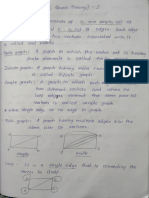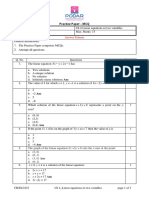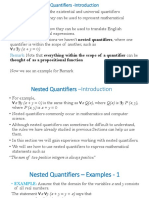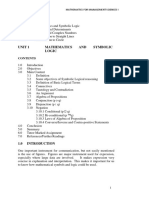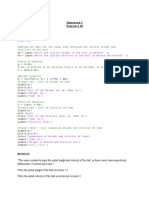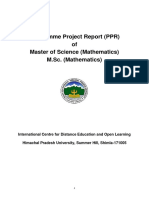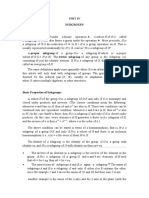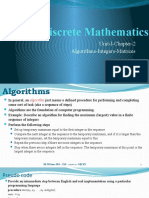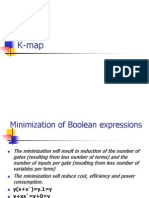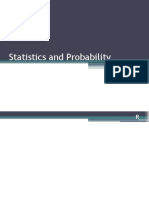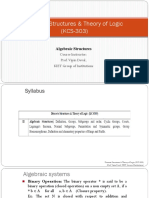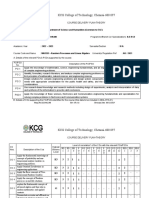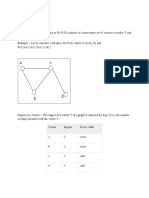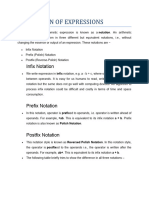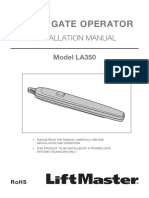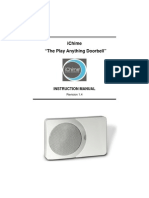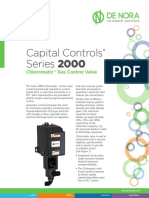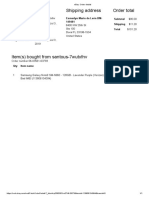0% found this document useful (0 votes)
337 views61 pagesSimplification of Boolean Expression
Here are the steps to convert a truth table to a Boolean function:
1. Identify the minterms (product terms) that evaluate to 1 in the truth table
2. Write the minterms as products of the literals
3. The Boolean function is the sum of the minterm terms
For example, if minterms m1 and m3 are 1 in the truth table, the Boolean function would be:
F = m1 + m3 = ABC + ABC'
This represents the function as a sum of products, utilizing the minterms that are 1.
Uploaded by
gayathriCopyright
© Attribution Non-Commercial ShareAlike (BY-NC-SA)
We take content rights seriously. If you suspect this is your content, claim it here.
Available Formats
Download as PPTX, PDF, TXT or read online on Scribd
0% found this document useful (0 votes)
337 views61 pagesSimplification of Boolean Expression
Here are the steps to convert a truth table to a Boolean function:
1. Identify the minterms (product terms) that evaluate to 1 in the truth table
2. Write the minterms as products of the literals
3. The Boolean function is the sum of the minterm terms
For example, if minterms m1 and m3 are 1 in the truth table, the Boolean function would be:
F = m1 + m3 = ABC + ABC'
This represents the function as a sum of products, utilizing the minterms that are 1.
Uploaded by
gayathriCopyright
© Attribution Non-Commercial ShareAlike (BY-NC-SA)
We take content rights seriously. If you suspect this is your content, claim it here.
Available Formats
Download as PPTX, PDF, TXT or read online on Scribd
/ 61

